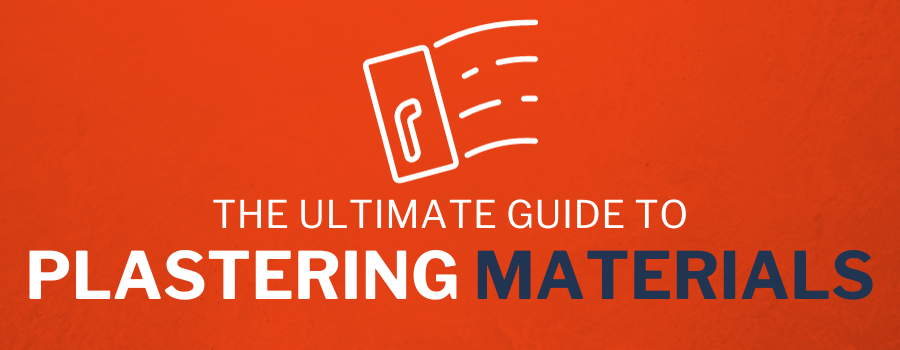Introduction to Plastering Materials
Chapter One – Core Plastering Materials
Chapter Two – Preparing Plastering Materials
Chapter Three – Using Plastering Materials
Chapter Four – Sustainable Plastering Materials
Chapter Five – Plastering Industry Trends
Introduction to Plastering Materials
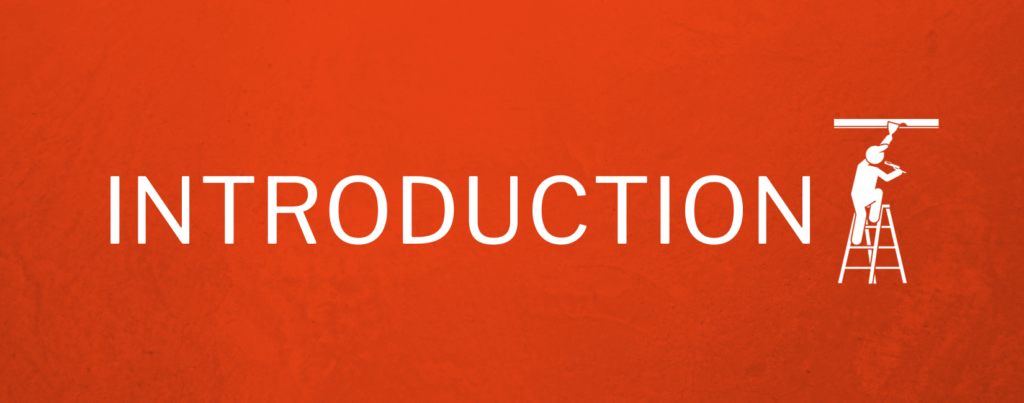
Welcome to our comprehensive guide on plastering materials – a fundamental resource for any plasterer, whether seasoned professional or budding enthusiast.
This guide will take you on a journey through the vital elements that constitute the world of plastering.
We will start with an in-depth look at the core materials, shedding light on their unique properties and the roles they play in the plastering process.
From there, we’ll guide you through the essential steps of preparing these materials, followed by practical advice on how to put them to good use.
But our exploration won’t stop at the practicalities; we will also delve into the increasingly important topic of sustainable plastering materials, considering how we can make eco-friendlier choices without compromising on quality.
Lastly, we’ll examine the most current industry trends, keeping you at the forefront of plastering innovation.
No matter your level of experience or interest in plastering, this guide aims to enrich your understanding and provide useful insights. Let’s delve into the fascinating world of plastering materials together!
Chapter 1- Core Plastering Materials
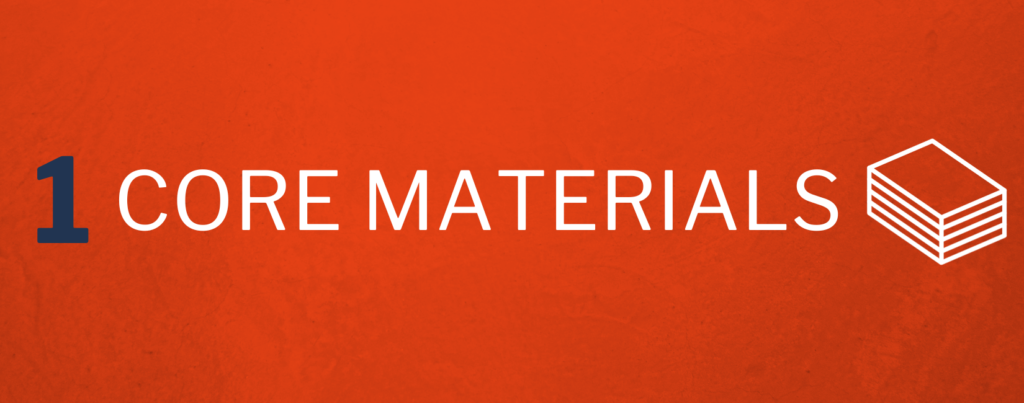
In any plastering job, the materials you choose to work with are paramount to achieving a high-quality finish.
They form the base of your project and can greatly affect the durability, appearance, and even the health of your indoor environment.
In this chapter, we’re going to take a closer look at the core materials used in plastering.
1.1 Plaster
Plaster is a versatile building material used for the protective or decorative coating of walls and ceilings.
It’s the most integral part of any plastering job.
Here are the main types you’re likely to come across:
Gypsum Plaster: Also known as plaster of Paris, gypsum plaster is created by heating gypsum to about 300 °F (150 °C). The process eliminates water from the mineral and breaks it down into a fine, white powder.
When water is added, the powder rehydrates, becoming a viscous material that can be easily moulded or spread over a surface.
It’s best suited for interior work, as it doesn’t fare well when exposed to large amounts of water.
Gypsum plaster sets quickly, usually within 30-50 minutes, so work needs to be done swiftly.
Lime Plaster: Lime plaster is a blend of calcium hydroxide (‘slaked lime’) and sand, along with other inert fillers.
The carbon dioxide in the atmosphere reacts with the wet plaster, causing it to harden by transforming the calcium hydroxide into calcium carbonate.
Lime plaster is renowned for its flexibility, breathability, and less brittle nature compared to gypsum, making it great for both interior and exterior applications.
Cement Plaster: Composed of a mixture of suitable plaster, sand, portland cement, and water, cement plaster is popular for its use on exterior surfaces due to its durability and water resistance.
It’s an ideal choice for regions with heavy rainfall or damp conditions.
1.2 Plasterboard
Plasterboard, also known as drywall or wallboard, forms an integral part of modern construction. It’s made by compressing an inner layer of gypsum between two outer layers of heavy paper or fibreglass mat.
Being lightweight and easy to install, it’s commonly used to form interior walls and ceilings.
Moreover, it’s fire-resistant, provides good sound insulation, and acts as a blank canvas for decorative finishes.
1.3 Jointing Tape
Jointing tape is an essential element when working with plasterboard.
It’s used to bridge the joints between sheets of plasterboard, providing a smooth, continuous surface for plastering.
Paper Tape: This type of tape is made from a strong, flexible paper material. It’s embedded in a layer of joint compound to give a seamless finish.
Fibreglass Mesh Tape: Fibreglass mesh tape is a self-adhesive tape that’s quick and easy to apply. However, care must be taken when plastering over it, as improper application can lead to bubbles or blisters appearing on the finished surface.
1.4 Plastering Beads
Plastering beads are thin strips of metal or plastic that are embedded in the plaster to create clean, sharp edges and corners, giving your plasterwork a professional finish.
They also provide structural strength to the plaster.
Angle Beads: These are used to form sharp corners and protect them from damage.
Stop Beads: These create a neat finish at the edges of your plasterwork where it stops or meets another surface.
Bell Beads: Bell beads or arch beads are used for forming curves and arches in plasterwork.
Chapter 2: Preparing Plastering Materials
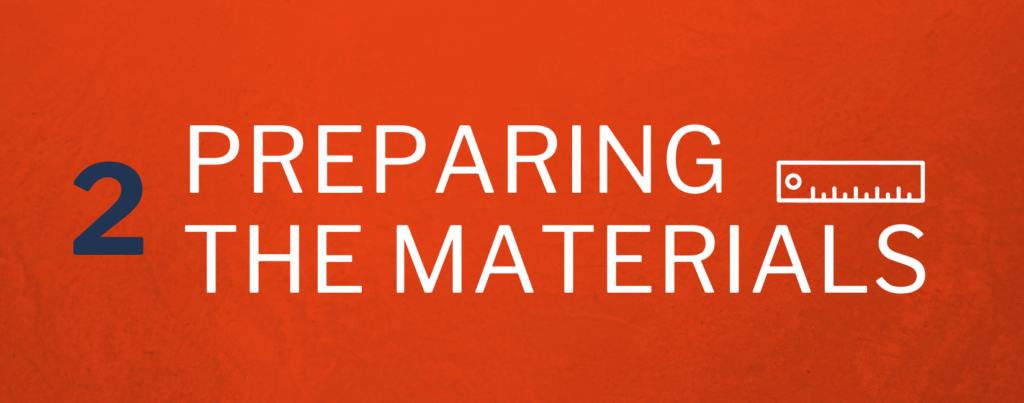
Whether you’re a seasoned professional or a do-it-yourself enthusiast, you know that success in plastering begins before the first dollop of plaster touches a wall.
It starts with thorough and careful preparation of the materials involved.
From choosing the right type of plaster to prepping the plasterboard and applying PVA, each step has a significant impact on the final outcome.
Let’s dive deeper into this process.
2.1 Preparing Plaster
The cornerstone of any plastering project is, of course, the plaster itself.
And preparing it correctly can be the difference between a smooth, high-quality finish and a job that looks amateurish.
Selecting the Right Plaster: The type of plaster you choose will depend largely on the nature of the project.
For indoor wall finishes, gypsum plaster, or plaster of Paris, is a common choice due to its fine texture and easy workability.
It dries to a hard, smooth surface that can be painted or wallpapered. If you’re working outdoors or in damp environments, you might consider using cement plaster, which has greater water resistance and durability.
Mixing: Mixing the plaster properly is essential.
Typically, you will first pour clean, cold water into a clean mixing bucket. The plaster powder is then added gradually while stirring.
It’s best to use a mechanical plaster mixer or a drill with a mixing paddle to achieve a smooth, lump-free mixture.
Remember to follow the manufacturer’s instructions for the correct water-to-plaster ratio.
Checking the Consistency: Achieving the right consistency is a vital part of the process. The plaster should be mixed to a smooth, creamy consistency – thick enough to spread evenly and stick to your trowel, but thin enough to work comfortably.
2.2 Preparing Plasterboard
Preparing plasterboard, also known as drywall, involves more than just hanging sheets on a wall.
Proper preparation ensures that the final plastered surface is smooth and seamless.
Measuring and Cutting: Begin by measuring the area where the plasterboard will be installed.
Use these measurements to mark the plasterboard, and then cut it using a utility knife or drywall saw.
Always cut on the face side using a sharp blade to ensure clean edges.
Installation: Install the cut plasterboard using drywall screws and a drill, ensuring it is secure and level. The screws should be placed every 12 inches along the edges and every 16 inches in the centre of the board.
Applying Jointing Tape: Once the plasterboard is installed, apply jointing tape over the seams. This helps to prevent cracking and achieves a smooth, seamless finish once the plaster is applied.
2.3 Preparing Plastering Beads
Plastering beads give your plastering project a professional finish. They help create sharp corners and edges and add strength to vulnerable areas.
Measuring and Cutting: Determine the lengths of plastering beads you need for your project, and cut them with tin snips. Always cut on an angle to avoid sharp edges.
Placement and Fixing: Plastering beads should be fixed to the edges and corners where you want a clean, sharp finish. Use plaster or drywall screws to fix them in place.
2.4 Preparing PVA
PVA, or Polyvinyl Acetate, is a clear, adhesive sealer used in plastering to seal the surface before plastering.
Diluting: PVA often needs to be diluted with water before use. Check the manufacturer’s instructions to ensure the correct ratio, often around 1 part PVA to 5 parts water.
Application: Apply the PVA solution to the surface using a brush or roller. Ensure you cover the whole surface and allow it to partially dry (until it’s slightly tacky) before
Chapter 3: Using Plastering Materials
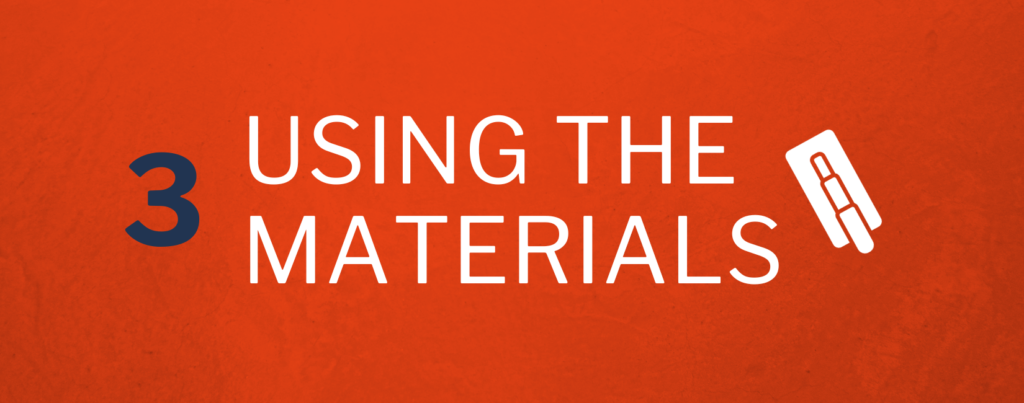
You’ve got your plaster, your tools, and your workspace prepared – now the real fun begins.
This chapter guides you through the process of applying and finishing your plaster, working with plasterboard, incorporating plastering beads, and effectively using PVA in your plastering project.
3.1 Applying Plaster
Applying plaster is an art that requires patience and precision. It’s a multi-step process, each step building on the last to achieve a smooth, flawless finish.
Load Your Hawk: First, scoop some plaster onto your hawk, a handheld flat board that holds the plaster while you’re working. The plaster should be scooped onto the centre of the hawk, ready to be pushed onto your trowel.
Apply the Plaster: Slide some plaster from the hawk onto your trowel, then apply it to the wall or ceiling with a firm, even stroke. Start at one corner and work your way across the surface, maintaining a consistent thickness.
Smooth the Plaster: After the plaster has been applied, go over the area with your trowel held at a slight angle. This helps to smooth out any inconsistencies and remove excess plaster.
Wait and Polish: Allow the plaster to set partially – this typically takes around 20-30 minutes depending on the type of plaster. Once it’s firmed up a bit, use a clean, wet trowel to polish the surface, giving it a smooth, glossy finish.
If you’re applying plaster to larger areas and need an extended setting time, plaster retarders, such as Extratime, are a useful option. Plaster retarder delays the plaster setting, giving you more time to finish the job.
3.2 Finishing Plasterboard
When finishing plasterboard, there are two steps you need to take before deciding whether applying plaster is necessary.
Apply Jointing Compound: With the plasterboard installed and jointing tape applied, it’s time to apply a jointing compound over the tape and any drywall screws. This is done with a taping knife, ensuring the compound fills the seams and covers the screws.
Sanding: After the jointing compound has dried completely, sand it smooth using a fine-grit sandpaper. Be careful not to sand into the tape beneath the compound. The goal is to create a seamless surface that blends smoothly with the rest of the wall or ceiling.
After the application of jointing compound and careful sanding, you may be left with a smooth enough finish to apply paint directly on top, avoiding plaster application. However, if the plasterboard doesn’t have a smooth finish, you may need to skim plaster before painting.
3.3 Using Plastering Beads
Plastering beads, which provide clean, crisp edges and corners, are an essential component of professional-looking plasterwork. However, if you’re using plastering beads with plasterboard and the finish is smooth, a layer of plaster may not be necessary.
Apply Plaster: With the beads securely fixed, apply plaster up to the edge of the bead, making sure to cover any fixing nails or screws. This ensures that the bead becomes part of the finished wall or ceiling.
Smooth and Shape: After the plaster is applied, use your trowel to smooth the plaster and shape it to the edge of the bead. This helps to create a sharp, clean finish.
3.4 Working with PVA
PVA, a sealer used in plastering, requires careful timing to use effectively.
Apply PVA: Once the PVA solution has reached the tacky stage (not fully dry but sticky to the touch), it’s time to apply your plaster. The slightly sticky surface allows the plaster to adhere better, giving a smoother finish.
Plaster Over PVA: Apply your plaster following the methods described above. However, it’s crucial to apply the plaster before the PVA fully dries, so the plaster can properly adhere to the surface.
Finishing Touches: After your plaster has set, check for any imperfections or bumps. If necessary, lightly sand the surface until it is completely smooth and ready for painting or decorating. Always remember, patience and meticulous attention to detail are the keys to a successful plastering project.
Chapter 4: Sustainable Plastering Materials
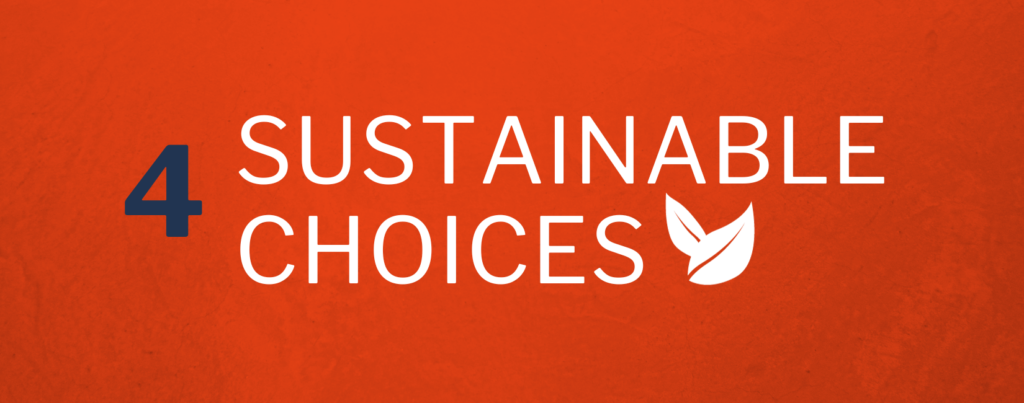
In the face of increasing environmental concerns, various industries, including construction and plastering, are leaning towards more eco-friendly alternatives.
This chapter will dive deep into the array of sustainable choices in plastering materials, waste management, and supplier selection for a greener plastering project.
4.1 Green Plastering Materials
Traditional plastering materials are energy-intensive in production, contributing significantly to environmental pollution. Waste generation is another concern when plasterboard is discarded. This section explores environmentally-friendly alternatives that not only minimise harm to our planet but can also enhance the aesthetic and functional value of buildings.
4.1.1 Lime Plaster: The Eco-friendly Old-timer
Lime plaster, one of the most ancient building materials, offers a sustainable option for modern construction. Its production process involves burning limestone at a relatively low temperature, which results in less carbon dioxide emission than the manufacturing of cement or gypsum plaster.
Moreover, lime plaster has a unique ‘breathing’ property. It allows moisture to evaporate, preventing dampness and mould growth, thus improving the indoor air quality. But what truly makes lime plaster stand out in terms of sustainability is its ability to reabsorb CO2 as it cures, aiding in reducing the concentration of greenhouse gases in the atmosphere.
4.1.2 Clay Plaster: Harnessing the Power of Nature
Clay plaster is a prime example of how naturally abundant elements can be harnessed in construction. Produced from clay, sand, and straw or fibres, it is a recyclable and compostable material that creates virtually zero waste.
One major benefit of clay plaster is its ability to regulate indoor humidity levels, contributing to a healthier and more comfortable living environment. Furthermore, clay plaster does not off-gas harmful chemicals, ensuring better indoor air quality compared to many conventional plasters.
The energy-efficiency of clay plaster production also contributes to its eco-friendliness. The raw materials are mixed and left to dry naturally, eliminating the need for high-energy kilns.
4.1.3 Recycled Plasterboard: Turning Waste into Value
In an effort to reduce waste, some manufacturers have started producing plasterboard from recycled materials. This includes waste plasterboard, which can be processed and remanufactured, thus extending the life of the materials and diverting them from landfills.
While recycled plasterboard may not be entirely zero-waste, it signifies a positive move towards a circular economy in the plastering industry, where resources are kept in use for as long as possible, and waste is minimised.
Using recycled plasterboard also requires less energy compared to producing new plasterboard, further decreasing the environmental footprint of your plastering project.
Chapter 5: Plastering Industry Trends

The plastering industry, like many others, is constantly evolving in response to new technology, societal changes, and environmental concerns.
This chapter will highlight some of the most impactful trends and emerging practices that are shaping the future of plastering.
5.1 Technological Innovations
Technological advancements have been instrumental in refining the art of plastering, driving efficiency, precision, and innovation in this age-old trade.
5.1.1 Advanced Plastering Machines
Technological innovations have led to the advent of advanced plastering machines.
These machines offer a multitude of benefits, including efficient mixing of plaster and quicker application on walls and ceilings.
Some machines even come equipped with integrated silos and pumps that not only store but also mix and pump the plaster to the site, saving time and effort.
5.1.2 Digital Measurement Tools
Digital tools such as laser metres and digital spirit levels have become commonplace in modern plastering. They allow for precise measurements and cuts, minimising errors and waste. Digital modelling software also enables professionals to create accurate visualisations of the end product, aiding in the planning and execution of complex plastering projects.
5.2 3D Printed Plaster
The integration of 3D printing technology into construction presents an exciting frontier in plastering. This technology allows intricate, customised designs to be printed in plaster, creating possibilities for highly detailed decorative plasterwork that would be exceedingly difficult, if not impossible, to achieve by hand.
5.3 Smart Plaster
The advent of “smart” plaster and plasterboard is another innovative trend in the plastering industry. The term refers to materials that can do more than just provide a surface finish.
Smart plaster could potentially regulate indoor humidity levels, absorb toxins from the air, or even change colour based on temperature or light conditions.
These materials could offer improved energy efficiency, health benefits, and enhanced aesthetic appeal, though their development is still in the early stages.
5.4 Sustainability in Plastering
The increasing demand for sustainability is significantly influencing the plastering industry.
Eco-friendly alternatives to traditional plastering materials, like those discussed in the previous chapter are gaining popularity. Furthermore, the industry is exploring methods to reduce waste and minimise its carbon footprint while maintaining the quality and durability that plastering projects demand.
Strategies include utilising green building materials, adopting energy-efficient production processes, and implementing waste management practices that prioritise recycling.
This trend represents not only a response to the growing global emphasis on sustainability but also an opportunity to innovate and evolve plastering practices for the better.
Conclusion

This guide has provided a comprehensive overview of the plastering process, starting from the essential materials and moving through their preparation and application.
The different types of plaster – gypsum, lime, and cement, were discussed along with auxiliary materials like plasterboard, jointing tape, plastering beads, and PVA.
These materials were then contextualised within the preparatory phase of a plastering project, with emphasis on the importance of meticulous preparation for achieving quality results.
The guide also considered the growing importance of sustainability within the plastering industry, with an exploration of eco-friendly materials and practices. Lime and clay plasters, along with recycled plasterboard, were introduced as greener alternatives that can contribute to a more sustainable construction landscape.
Finally, a spotlight was thrown on the latest industry trends, including technological innovations and the advent of 3D printed and smart plaster. These developments, alongside the emphasis on sustainability, underscore the dynamism of the plastering field and its continuous evolution.
In conclusion, whether you’re a DIY enthusiast or a professional plasterer, understanding these elements – the materials, their preparation and application, sustainability considerations, and industry trends – can enhance your plastering work, improve its quality, and contribute to a more sustainable construction environment.

